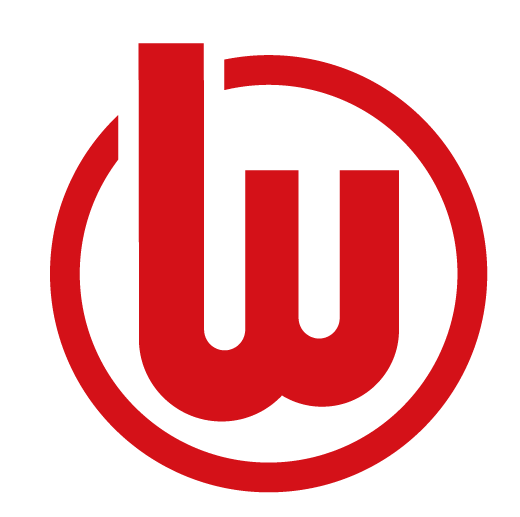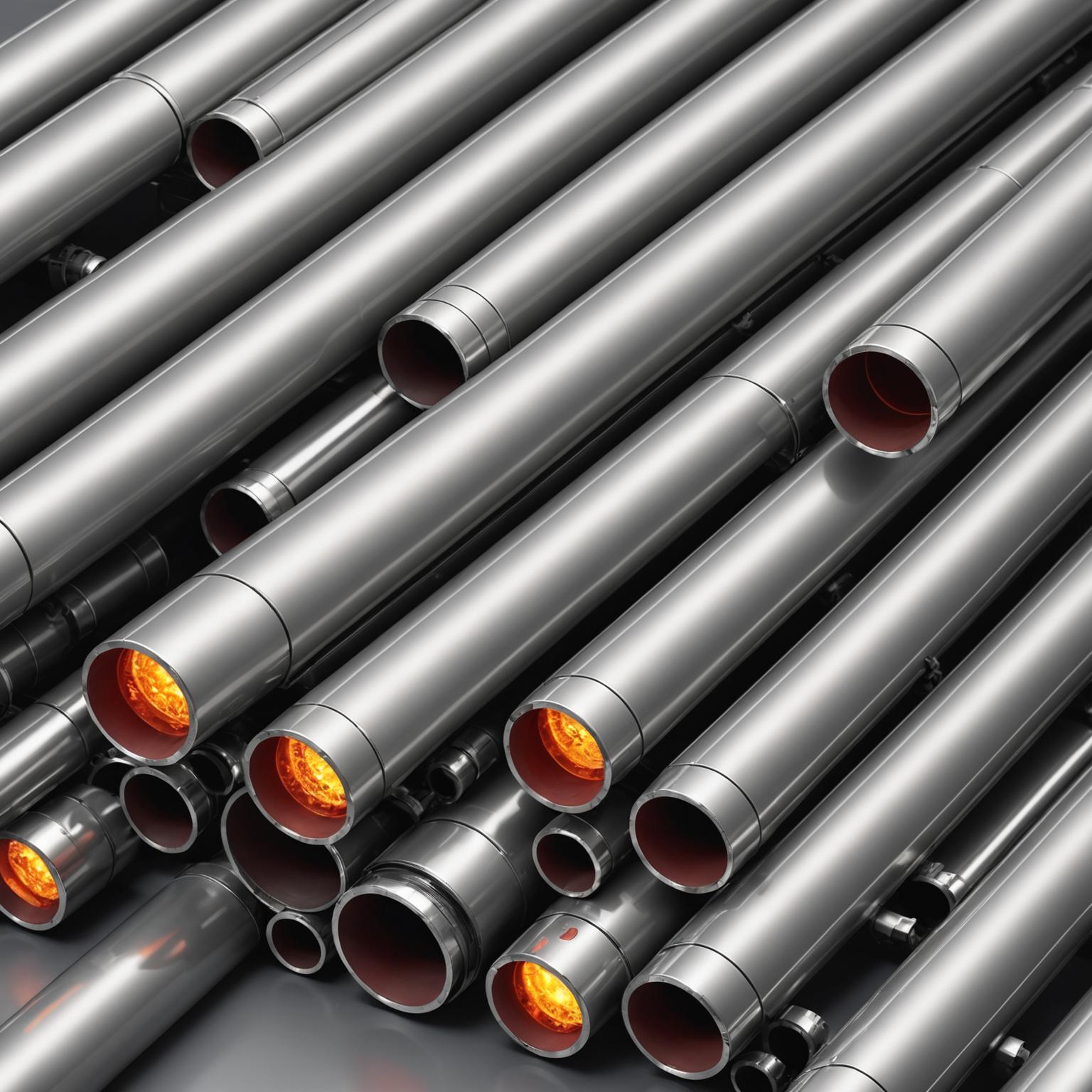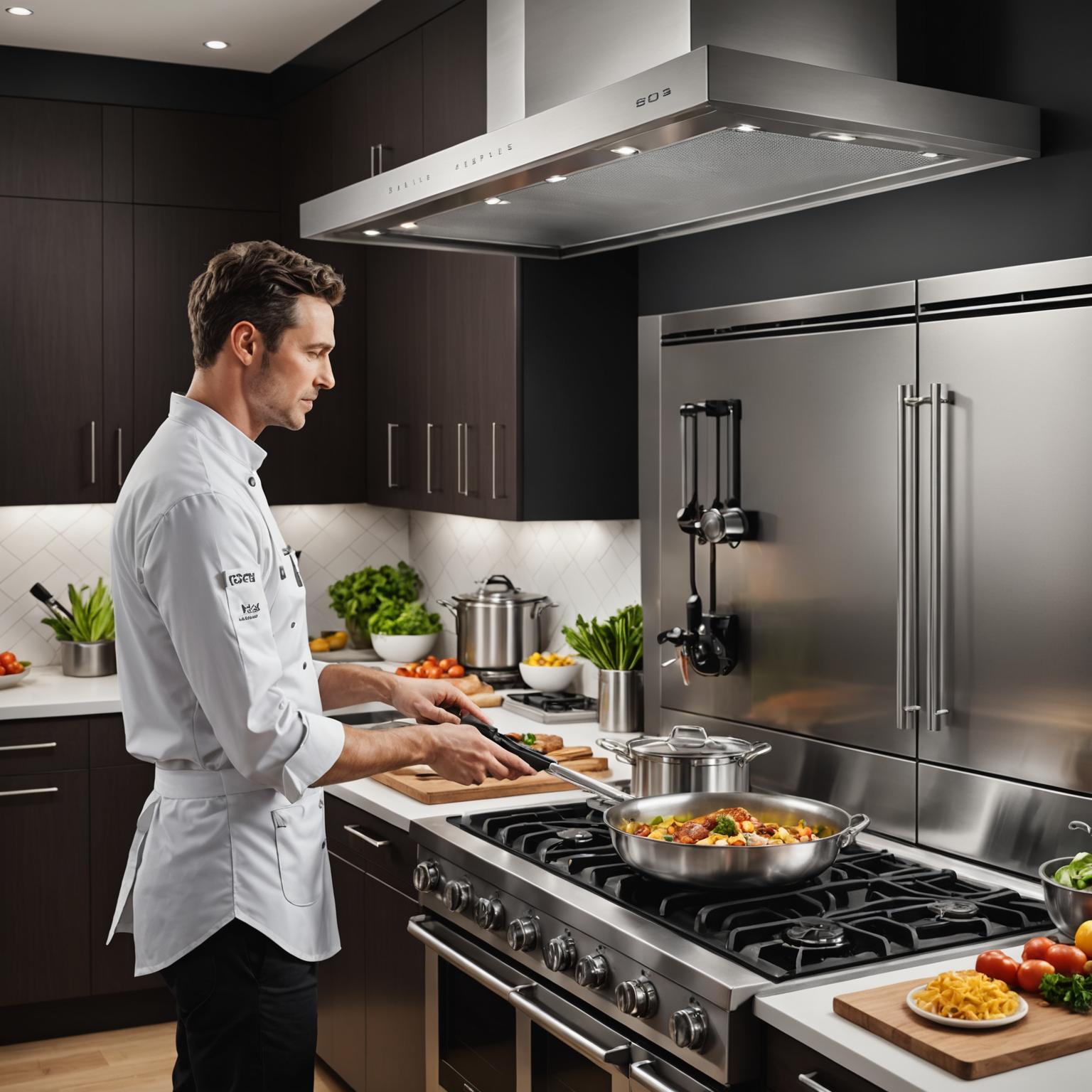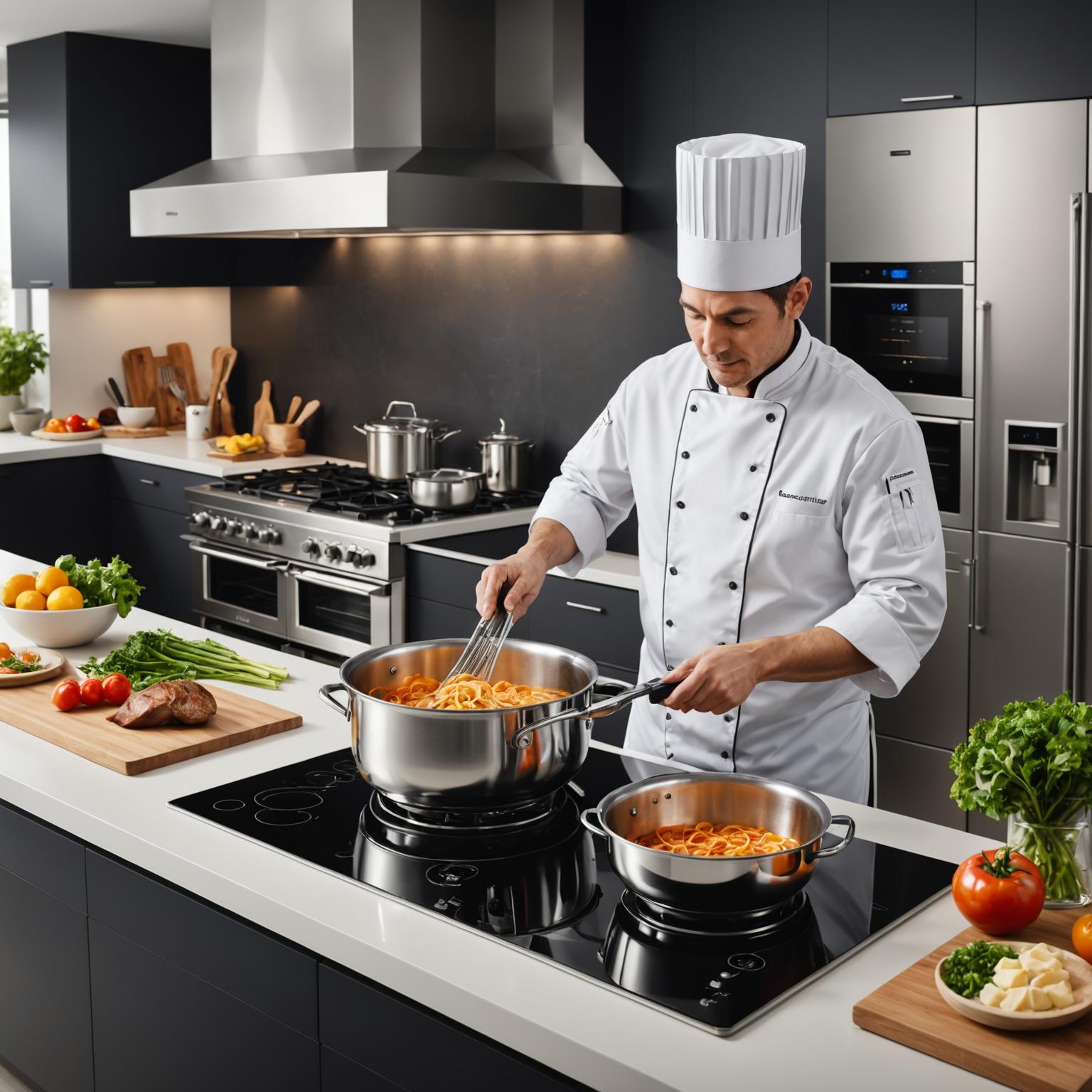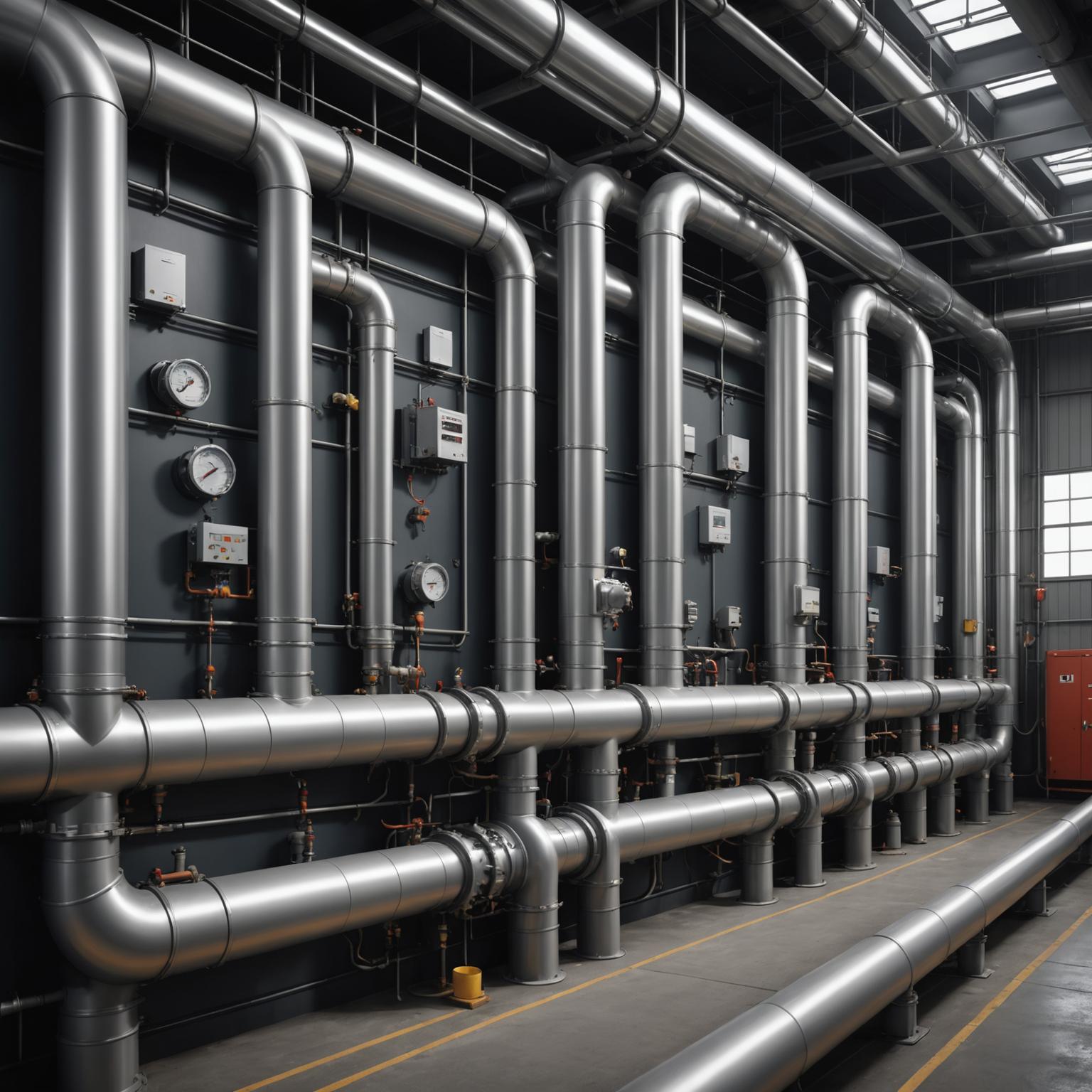At the heart of many modern high-performance appliances, from industrial machinery to sophisticated kitchen ovens, lies a critical component: the SUS304 electric heating pipe. This essential element is the engine that drives thermal performance, ensuring efficiency, reliability, and precision. Understanding how to select and utilize these components is key to unlocking the full potential of any heating application. Whether for baking, sterilizing, or industrial processing, the quality of the heating element directly impacts the final result, making the choice of material and design a crucial first step.
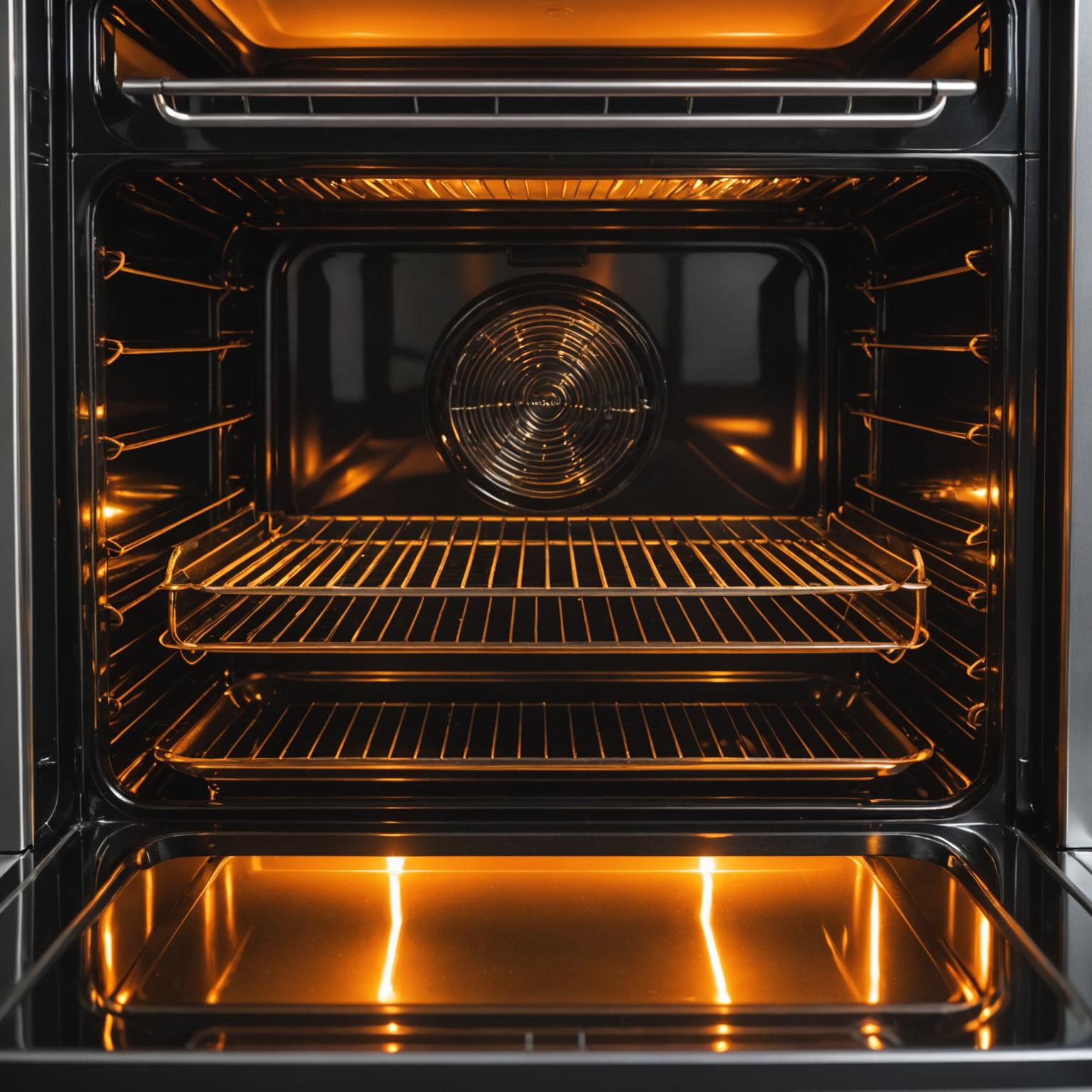
When it comes to manufacturing superior heating components, the choice of material is paramount. SUS304 heating elements are widely regarded as a benchmark for quality and durability. SUS304 is a specific grade of stainless steel known for its excellent corrosion resistance and strength, particularly at elevated temperatures. This makes it an ideal material for applications where the element will be exposed to moisture, food acids, or harsh chemicals without rusting or degrading. Its robust nature ensures a long service life, reducing the need for frequent replacements and maintenance. Furthermore, its smooth, non-porous surface is easy to clean and maintain, a critical feature in food-grade and medical applications where hygiene is non-negotiable. This combination of resilience and safety is why SUS304 stainless steel is a trusted material for high-quality heating systems.
A key advantage of using a well-designed component is its ability to function as a high temperature heating pipe. These elements are engineered to heat up rapidly and distribute warmth evenly, eliminating hot spots that can lead to uneven cooking or inconsistent industrial processes. This capability for rapid thermal response not only saves time by reducing preheating cycles but also contributes to significant energy savings. The advanced heating technology embedded in these pipes allows for precise temperature regulation, giving users complete control over their thermal environment. For a home chef using a modern oven or a technician operating industrial equipment, this level of control is what separates mediocre results from professional-grade perfection.
One of the greatest strengths of modern heating components is their adaptability. Off-the-shelf parts don't always meet the specific demands of a unique appliance or process, which is why customizable electric heating solutions are so valuable. When embarking on a custom project, several factors must be considered to ensure optimal performance. First, determine the required shape and size; elements can be formed into U-shapes, coils, or intricate geometries to fit perfectly within a given space. Next, specify the voltage and wattage needed to achieve the desired heat output. Finally, consider the operating environment—will the element be exposed to air, liquids, or corrosive materials? Answering these questions will guide the design process and result in a heating element that is perfectly tailored to its intended application, ensuring both efficiency and longevity.
The synergy between superior materials and innovative design is where advanced heating technology truly shines. A modern SUS304 electric heating pipe is more than just a resistive wire inside a tube; it's a finely tuned system. High-purity magnesium oxide powder is often used as an insulator inside the pipe, which ensures excellent thermal conductivity while providing superior electrical insulation. This prevents short circuits and enhances safety, even under intense operating conditions. This construction allows the element to withstand thermal cycling—rapid heating and cooling—without suffering from mechanical failure. This robust design, a hallmark of advanced manufacturing, guarantees a reliable and consistent heat source for countless hours of operation, making it a cornerstone of modern thermal management.

Why Choose SUS304 for Heating Elements?
When it comes to manufacturing superior heating components, the choice of material is paramount. SUS304 heating elements are widely regarded as a benchmark for quality and durability. SUS304 is a specific grade of stainless steel known for its excellent corrosion resistance and strength, particularly at elevated temperatures. This makes it an ideal material for applications where the element will be exposed to moisture, food acids, or harsh chemicals without rusting or degrading. Its robust nature ensures a long service life, reducing the need for frequent replacements and maintenance. Furthermore, its smooth, non-porous surface is easy to clean and maintain, a critical feature in food-grade and medical applications where hygiene is non-negotiable. This combination of resilience and safety is why SUS304 stainless steel is a trusted material for high-quality heating systems.
Mastering High Temperatures with Precision
A key advantage of using a well-designed component is its ability to function as a high temperature heating pipe. These elements are engineered to heat up rapidly and distribute warmth evenly, eliminating hot spots that can lead to uneven cooking or inconsistent industrial processes. This capability for rapid thermal response not only saves time by reducing preheating cycles but also contributes to significant energy savings. The advanced heating technology embedded in these pipes allows for precise temperature regulation, giving users complete control over their thermal environment. For a home chef using a modern oven or a technician operating industrial equipment, this level of control is what separates mediocre results from professional-grade perfection.
A Guide to Customizable Electric Heating Solutions
One of the greatest strengths of modern heating components is their adaptability. Off-the-shelf parts don't always meet the specific demands of a unique appliance or process, which is why customizable electric heating solutions are so valuable. When embarking on a custom project, several factors must be considered to ensure optimal performance. First, determine the required shape and size; elements can be formed into U-shapes, coils, or intricate geometries to fit perfectly within a given space. Next, specify the voltage and wattage needed to achieve the desired heat output. Finally, consider the operating environment—will the element be exposed to air, liquids, or corrosive materials? Answering these questions will guide the design process and result in a heating element that is perfectly tailored to its intended application, ensuring both efficiency and longevity.
How Advanced Heating Technology Elevates Performance
The synergy between superior materials and innovative design is where advanced heating technology truly shines. A modern SUS304 electric heating pipe is more than just a resistive wire inside a tube; it's a finely tuned system. High-purity magnesium oxide powder is often used as an insulator inside the pipe, which ensures excellent thermal conductivity while providing superior electrical insulation. This prevents short circuits and enhances safety, even under intense operating conditions. This construction allows the element to withstand thermal cycling—rapid heating and cooling—without suffering from mechanical failure. This robust design, a hallmark of advanced manufacturing, guarantees a reliable and consistent heat source for countless hours of operation, making it a cornerstone of modern thermal management.


